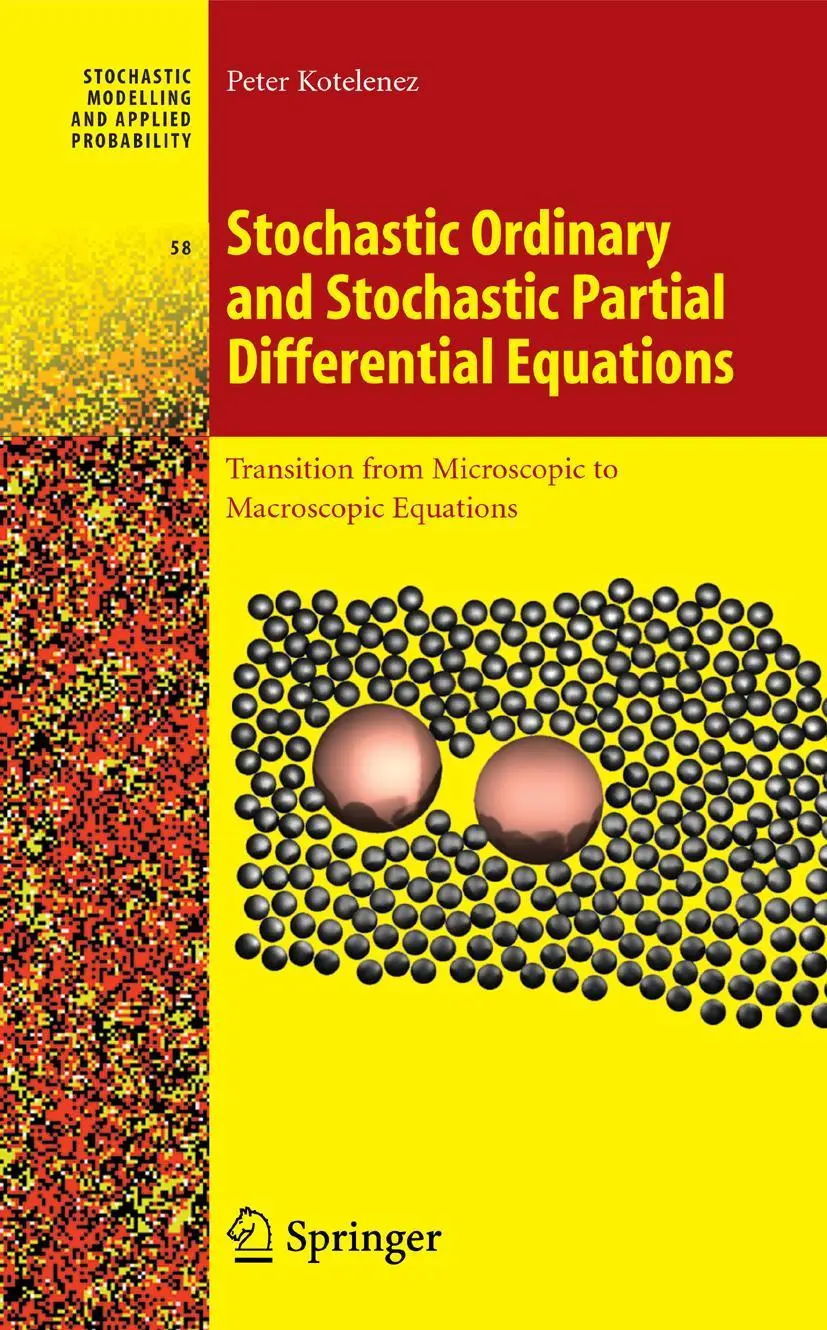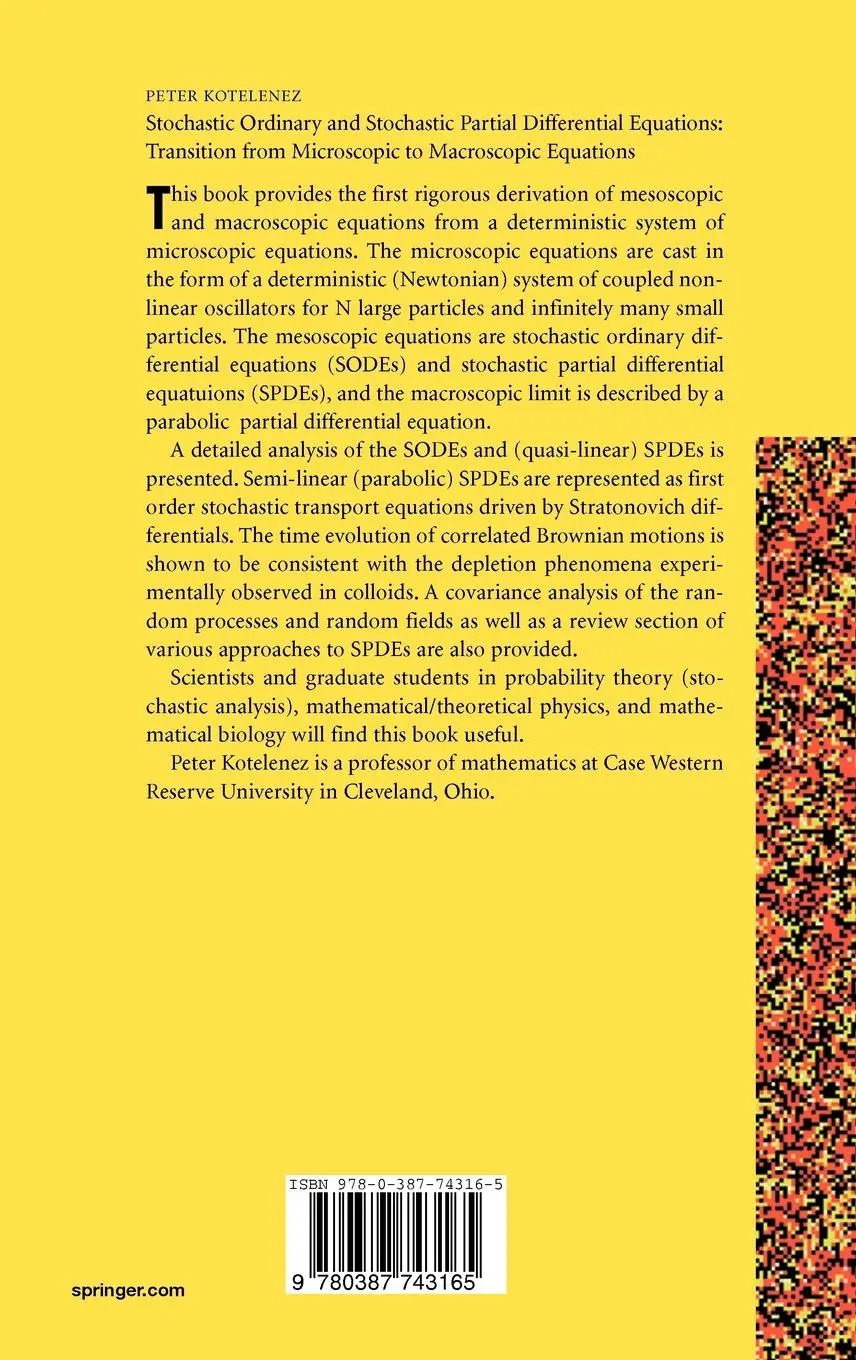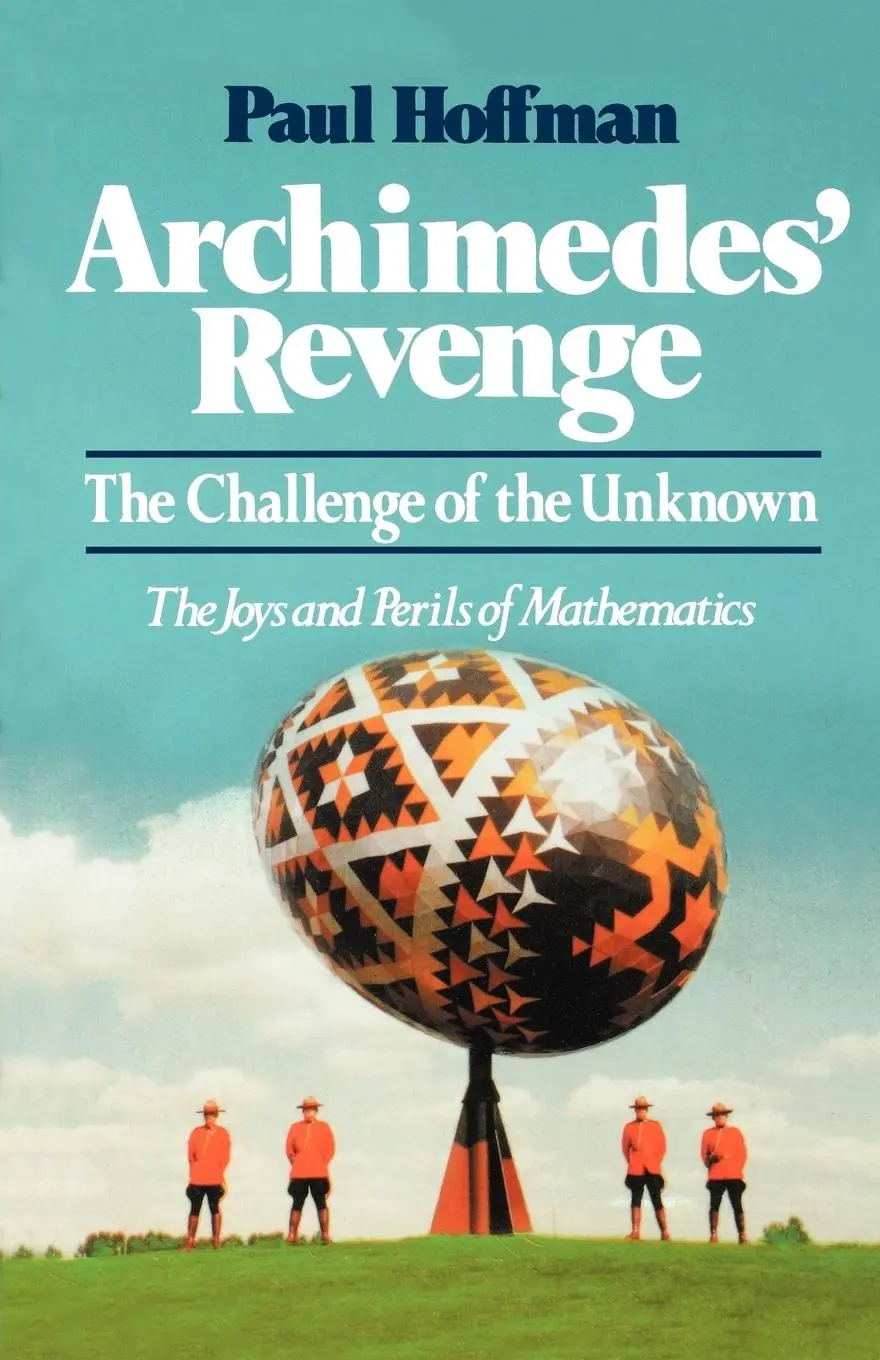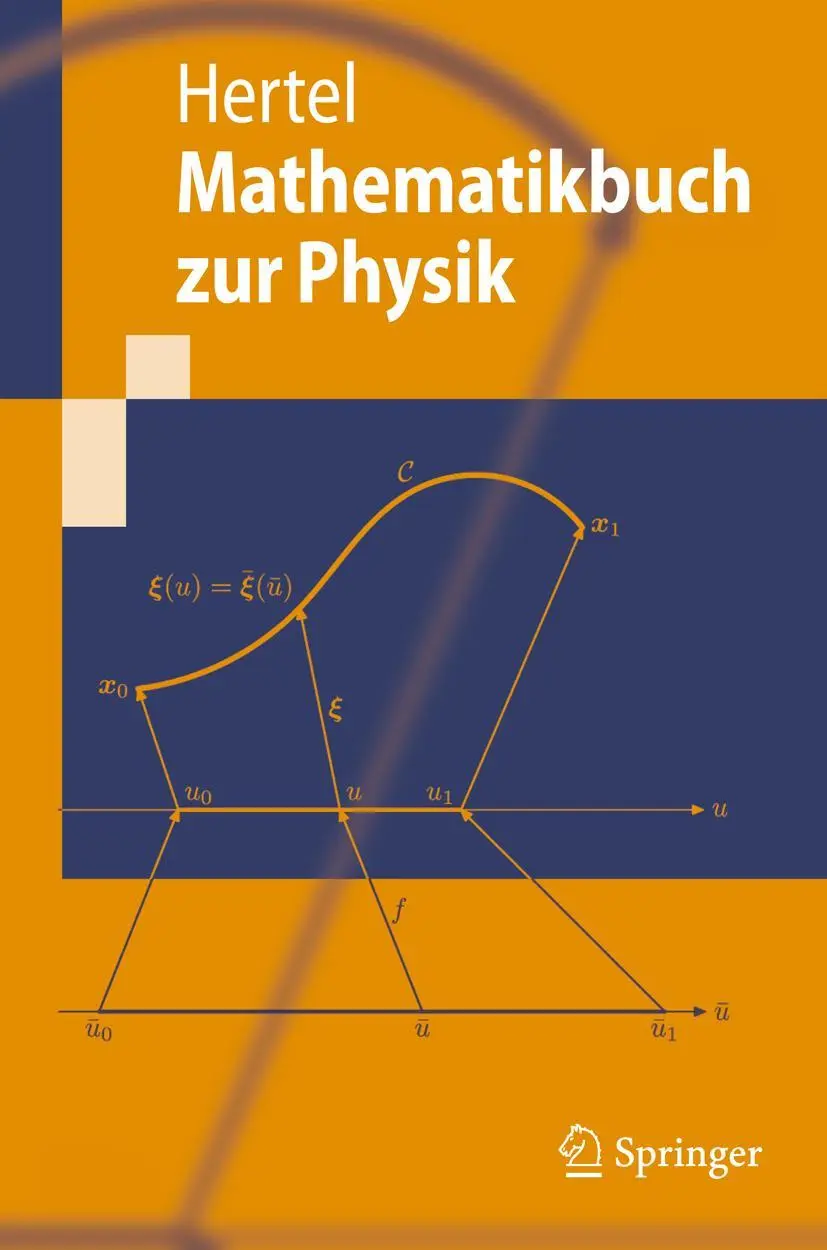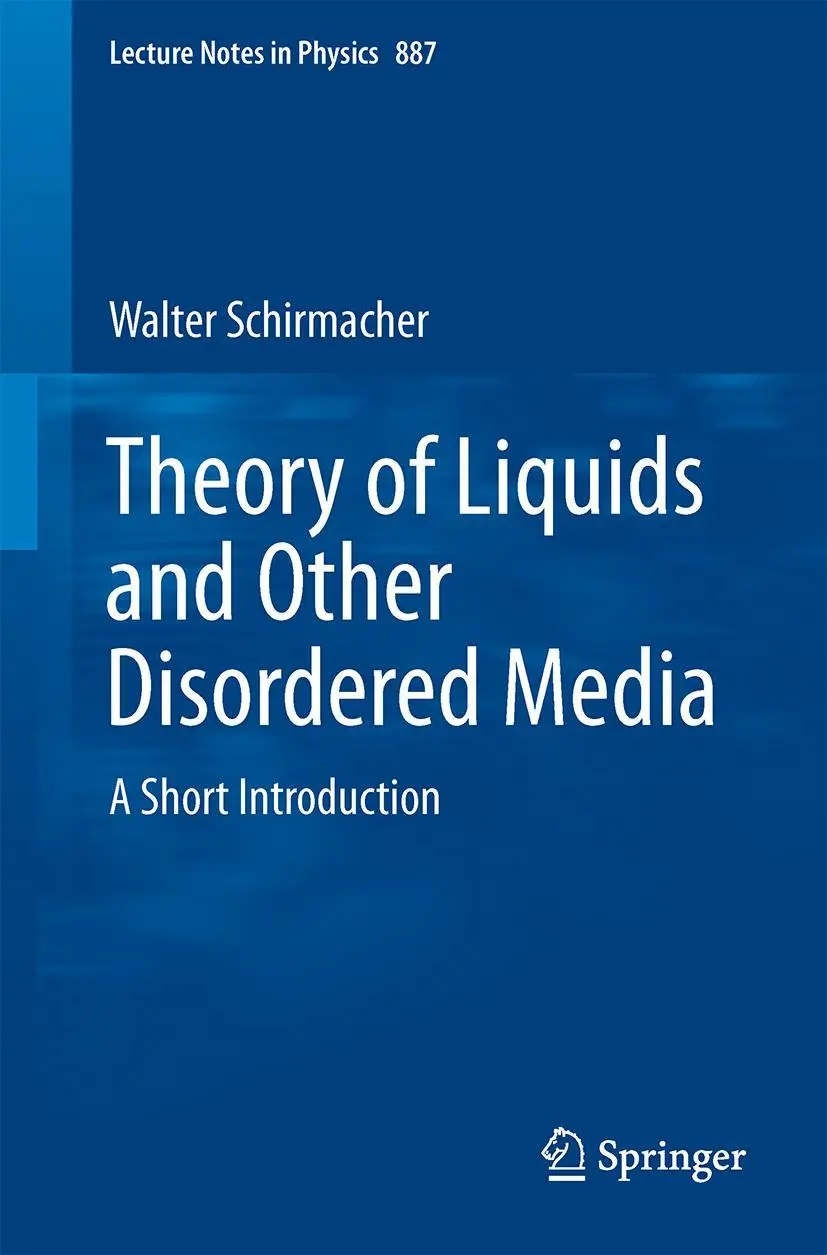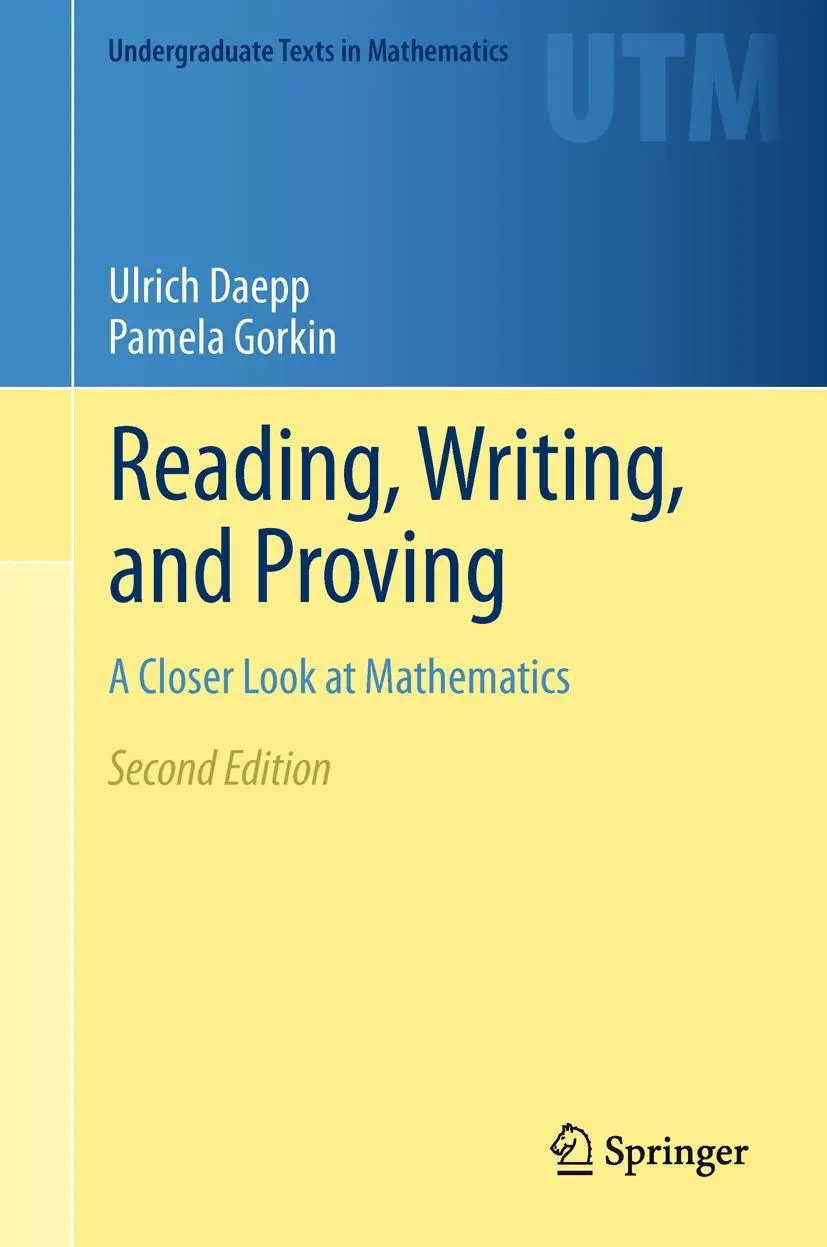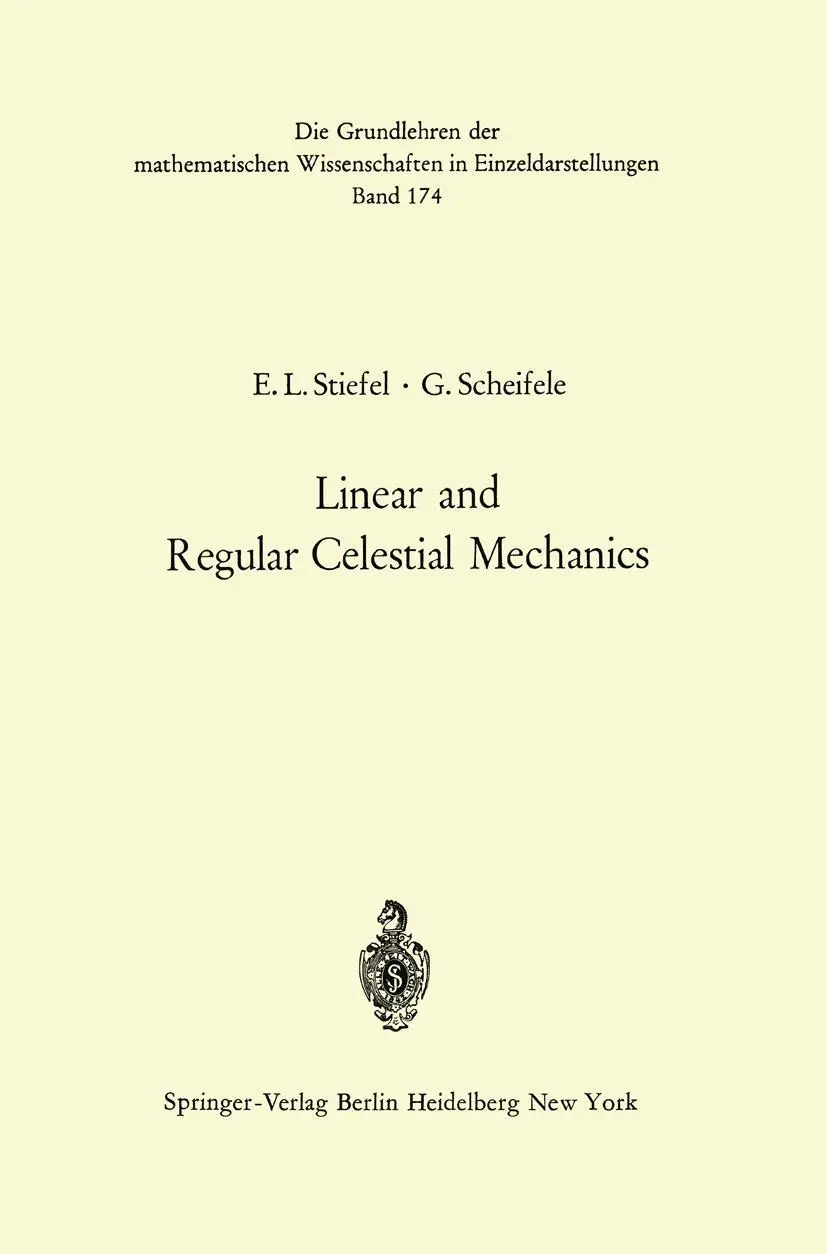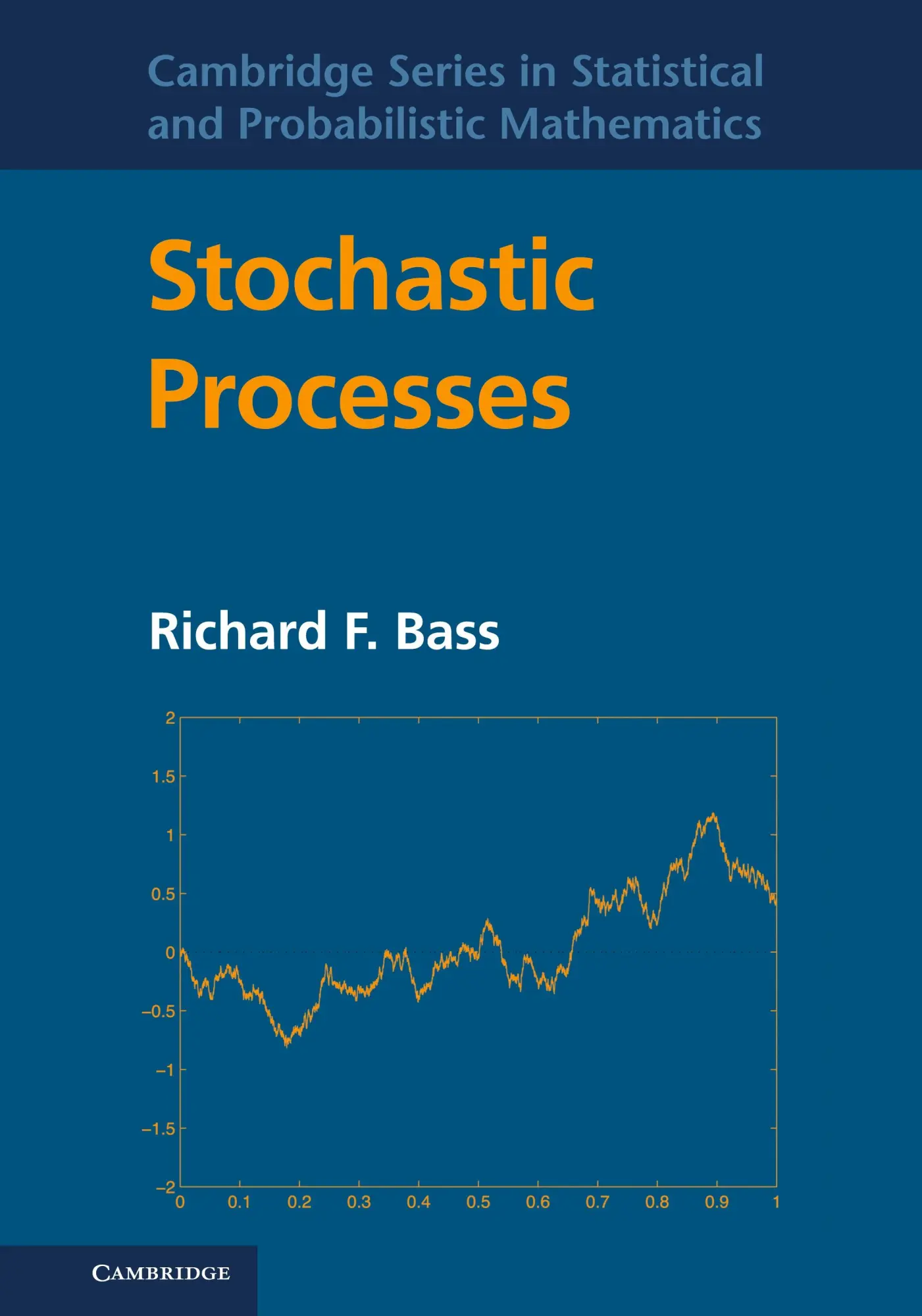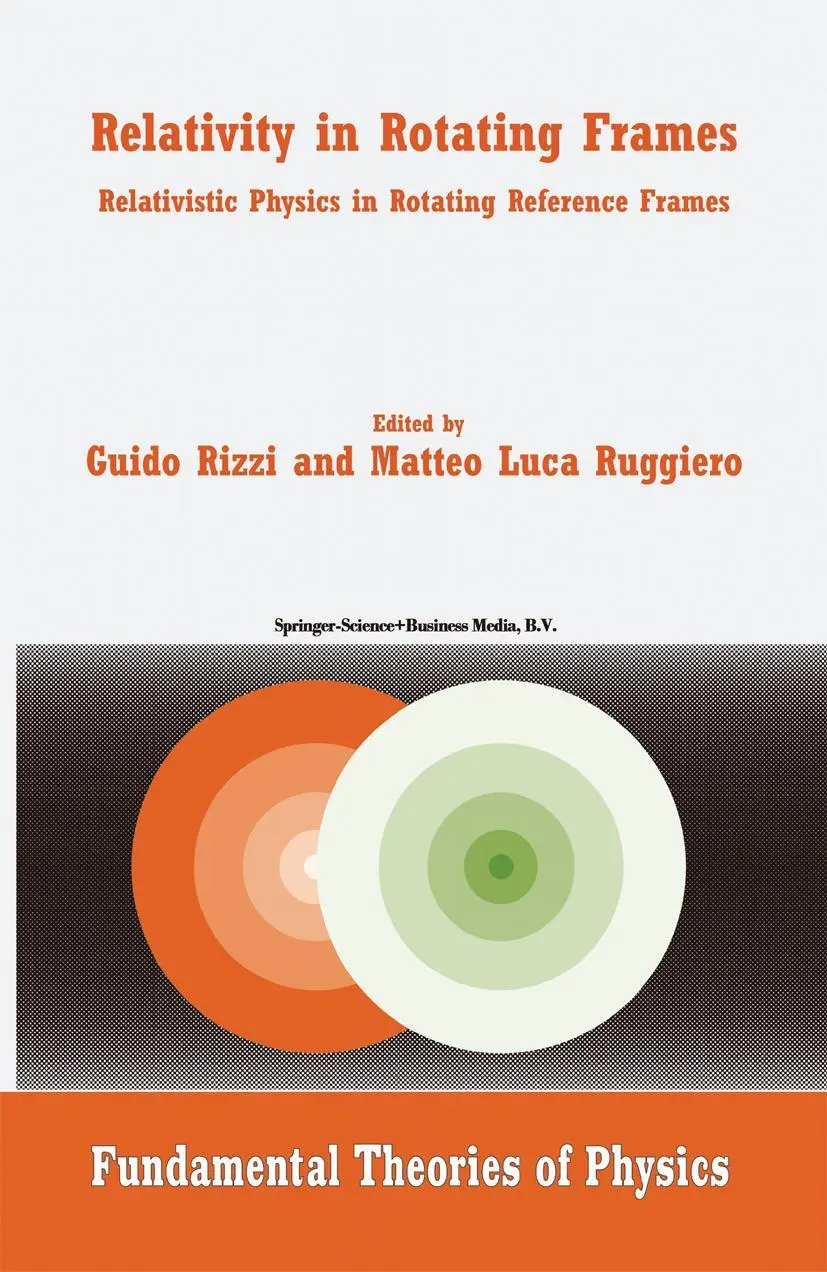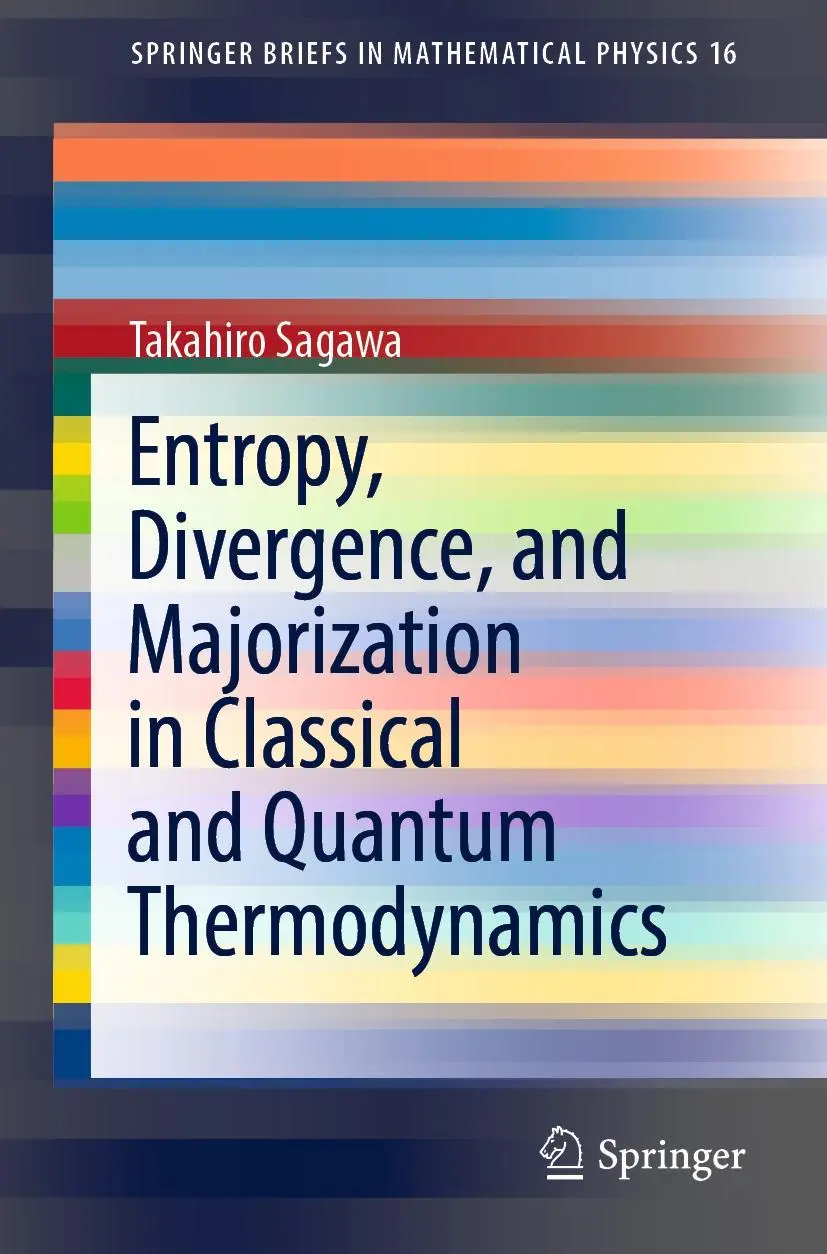Dekorationsartikel gehören nicht zum Leistungsumfang.
Sprache:
Englisch
91,40 €
UVP 106,99 €
Versandkostenfrei per Post / DHL
Lieferzeit 1-2 Wochen
Kategorien:
Beschreibung
The present volume analyzes mathematical models of time-dependent physical p- nomena on three levels: microscopic, mesoscopic, and macroscopic. We provide a rigorous derivation of each level from the preceding level and the resulting me- scopic equations are analyzed in detail. Following Haken (1983, Sect. 1. 11. 6) we deal, ¿at the microscopic level, with individual atoms or molecules, described by their positions, velocities, and mutual interactions. At the mesoscopic level, we describe the liquid by means of ensembles of many atoms or molecules. The - tension of such an ensemble is assumed large compared to interatomic distances but small compared to the evolving macroscopic pattern. . . . At the macroscopic level we wish to study the corresponding spatial patterns. ¿ Typically, at the mac- scopic level, the systems under consideration are treated as spatially continuous systems such as ?uids or a continuous distribution of some chemical reactants, etc. Incontrast,onthemicroscopiclevel,Newtonianmechanicsgovernstheequationsof 1 motion of the individual atoms or molecules. These equations are cast in the form 2 of systems of deterministic coupled nonlinear oscillators. The mesoscopic level is probabilistic in nature and many models may be faithfully described by stochastic 3 ordinary and stochastic partial differential equations (SODEs and SPDEs), where the latter are de?ned on a continuum. The macroscopic level is described by ti- dependent partial differential equations (PDE¿s) and its generalization and simpl- cations. In our mathematical framework we talk of particles instead of atoms and mo- cules. The transition from the microscopic description to a mesoscopic (i. e.
The present volume analyzes mathematical models of time-dependent physical p- nomena on three levels: microscopic, mesoscopic, and macroscopic. We provide a rigorous derivation of each level from the preceding level and the resulting me- scopic equations are analyzed in detail. Following Haken (1983, Sect. 1. 11. 6) we deal, ¿at the microscopic level, with individual atoms or molecules, described by their positions, velocities, and mutual interactions. At the mesoscopic level, we describe the liquid by means of ensembles of many atoms or molecules. The - tension of such an ensemble is assumed large compared to interatomic distances but small compared to the evolving macroscopic pattern. . . . At the macroscopic level we wish to study the corresponding spatial patterns. ¿ Typically, at the mac- scopic level, the systems under consideration are treated as spatially continuous systems such as ?uids or a continuous distribution of some chemical reactants, etc. Incontrast,onthemicroscopiclevel,Newtonianmechanicsgovernstheequationsof 1 motion of the individual atoms or molecules. These equations are cast in the form 2 of systems of deterministic coupled nonlinear oscillators. The mesoscopic level is probabilistic in nature and many models may be faithfully described by stochastic 3 ordinary and stochastic partial differential equations (SODEs and SPDEs), where the latter are de?ned on a continuum. The macroscopic level is described by ti- dependent partial differential equations (PDE¿s) and its generalization and simpl- cations. In our mathematical framework we talk of particles instead of atoms and mo- cules. The transition from the microscopic description to a mesoscopic (i. e.
Zusammenfassung
Stochastic Partial Differential Equations analyzes mathematical models of time-dependent physical phenomena on microscopic, macroscopic and mesoscopic levels. It provides a rigorous derivation of each level from the preceding one and examines the resulting mesoscopic equations in detail. Coverage first describes the transition from the microscopic equations to the mesoscopic equations. It then covers a general system for the positions of the large particles.
Inhaltsverzeichnis
From Microscopic Dynamics to Mesoscopic Kinematics.- Heuristics: Microscopic Model and Space-Time Scales.- Deterministic Dynamics in a Lattice Model and a Mesoscopic (Stochastic) Limit.- Proof of the Mesoscopic Limit Theorem.- Mesoscopic A: Stochastic Ordinary Differential Equations.- Stochastic Ordinary Differential Equations: Existence, Uniqueness, and Flows Properties.- Qualitative Behavior of Correlated Brownian Motions.- Proof of the Flow Property.- Comments on SODEs: A Comparison with Other Approaches.- Mesoscopic B: Stochastic Partial Differential Equations.- Stochastic Partial Differential Equations: Finite Mass and Extensions.- Stochastic Partial Differential Equations: Infinite Mass.- Stochastic Partial Differential Equations:Homogeneous and Isotropic Solutions.- Proof of Smoothness, Integrability, and Itô's Formula.- Proof of Uniqueness.- Comments on Other Approaches to SPDEs.- Macroscopic: Deterministic Partial Differential Equations.- Partial Differential Equations as a Macroscopic Limit.- General Appendix.
Details
| Erscheinungsjahr: | 2007 |
|---|---|
| Fachbereich: | Wahrscheinlichkeitstheorie |
| Genre: | Importe, Mathematik |
| Rubrik: | Naturwissenschaften & Technik |
| Medium: | Buch |
| Inhalt: |
x
459 S. |
| ISBN-13: | 9780387743165 |
| ISBN-10: | 0387743162 |
| Sprache: | Englisch |
| Herstellernummer: | 12077021 |
| Einband: | Gebunden |
| Autor: | Kotelenez, Peter |
| Hersteller: |
Springer US
Springer New York Springer US, New York, N.Y. |
| Verantwortliche Person für die EU: | Springer Verlag GmbH, Tiergartenstr. 17, D-69121 Heidelberg, juergen.hartmann@springer.com |
| Maße: | 241 x 160 x 30 mm |
| Von/Mit: | Peter Kotelenez |
| Erscheinungsdatum: | 17.12.2007 |
| Gewicht: | 0,869 kg |

